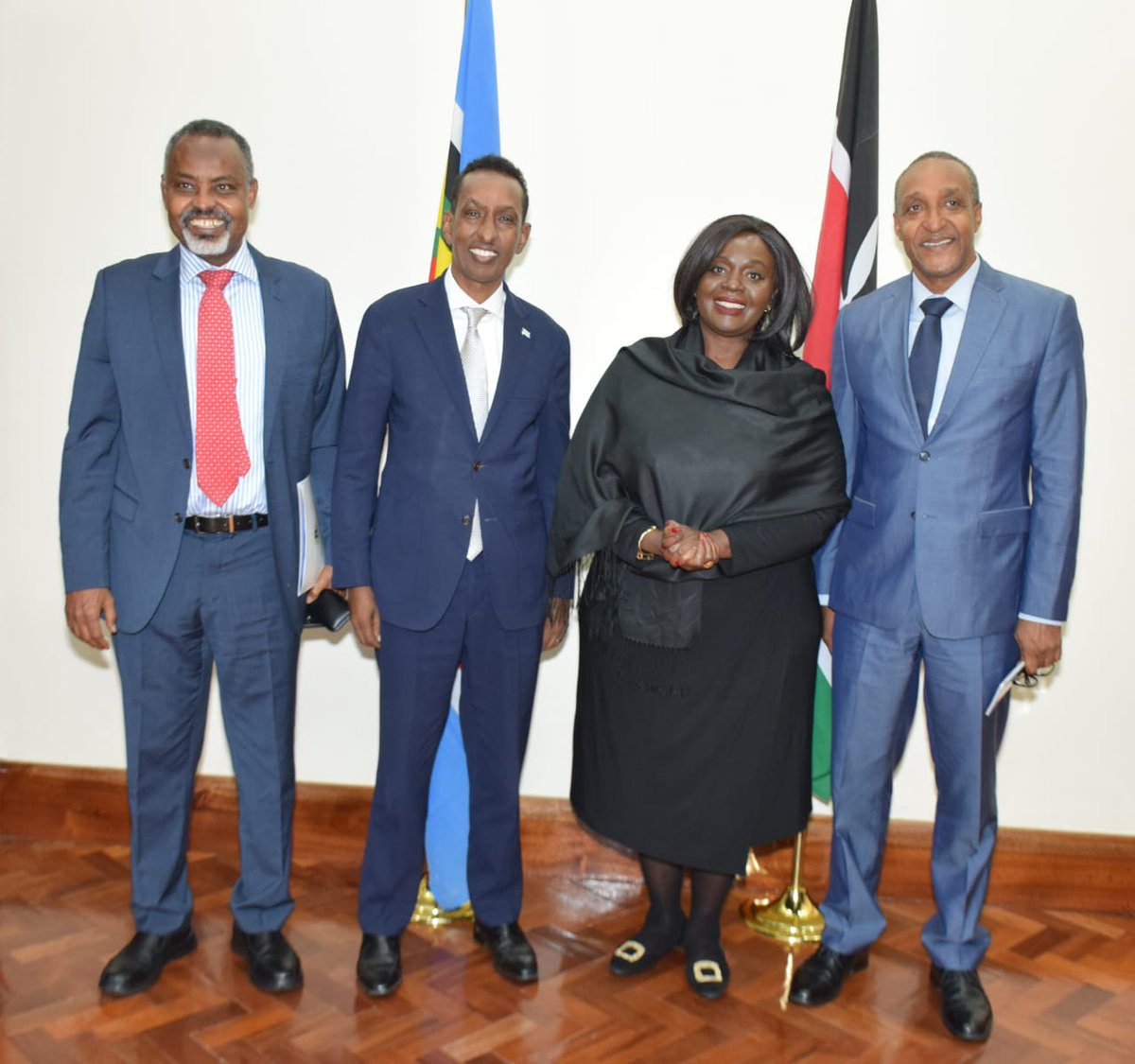In the vast and intricate tapestry of global cultures, language serves as a profound mirror reflecting societal norms, expressions, and shared experiences. Among the rich linguistic diversity of Africa, Somali stands out not just for its unique phonetic qualities and historical depth, but also for the nuanced meanings embedded within its lexicon. One such term that often sparks curiosity and discussion, particularly in digital spaces, is "Somali Wasmo." Far from being a simple, direct translation, this term is a complex cultural signifier, holding layered meanings that shift depending on context, encompassing everything from entertainment and cultural expression to more intimate, personal realms. Understanding "Somali Wasmo" requires a journey beyond linguistic surface, delving into the heart of Somali identity, community, and its evolving presence in the digital age.
This article aims to unravel the multifaceted nature of "Somali Wasmo," exploring its cultural significance, its manifestations in online communities, and the broader implications for understanding Somali culture in a globalized world. We will navigate the digital landscape where this term thrives, examining its presence on platforms like Telegram and TikTok, and discussing the role of key figures and cultural expressions associated with it. By shedding light on this often-misunderstood term, we hope to foster a deeper appreciation for the complexities of language and culture, particularly within the vibrant and resilient Somali diaspora.
Table of Contents
- Understanding "Wasmo": A Cultural Lexicon
- The Digital Landscape of Somali Wasmo
- Niiko, Najmo Abdi, Faiza Alifatuush: Faces of Somali Entertainment
- Telegram Somali Group Wasmo: A Digital Home
- TikTok and the #WasmoSomali Phenomenon
- Somali Language and Its Global Reach
- Cultural Sensitivity and Online Content
- The Broader Context: African and Asian Languages
Understanding "Wasmo": A Cultural Lexicon
To truly grasp the essence of "Somali Wasmo," one must first acknowledge that it defies a simple, one-word English equivalent. In many linguistic contexts, words carry a weight of cultural baggage, historical evolution, and societal interpretation that makes direct translation an oversimplification. "Wasmo" is a prime example of such a word, deeply embedded in the Somali cultural fabric.
Beyond Translation: The Nuances of "Wasmo"
The term "wasmo," as indicated by cultural insights, is a complex cultural signifier with layered meanings that shift depending on context. It encompasses a spectrum of connotations, from expressions of intimacy and sexuality to broader notions of pleasure, entertainment, and even the act of "doing" or "making" in a very general sense, though the primary contemporary usage often leans towards explicit or suggestive content. This semantic breadth means that its interpretation can vary wildly depending on who is using it, in what setting, and with what intent. For instance, in some informal or artistic contexts, it might refer to a vibrant dance or a captivating performance that evokes strong feelings, while in other, more private contexts, it directly refers to sexual acts. The fluidity of its meaning is precisely what makes it intriguing and, at times, controversial. It highlights how language is not merely a tool for description but a dynamic entity shaped by social interactions and cultural norms. When discussing "Somali Wasmo," it is crucial to recognize this inherent ambiguity and avoid reducing it to a singular, fixed definition.
"Wasmo" in Somali Language and Dialects
The Somali language itself is a fascinating branch of the Cushitic family, spoken by millions across Somalia, Somaliland, Djibouti, Ethiopia, Kenya, and by a significant diaspora worldwide. Like any living language, it has regional variations and evolving colloquialisms. The term "wasmo" has gained particular prominence in recent years, largely due to its proliferation in digital media. While its root might be associated with basic actions, its contemporary usage has been heavily influenced by online content creation and consumption. This evolution is not unique to Somali; many languages see words acquire new, often more explicit, connotations as they are adopted and reinterpreted within internet subcultures. The cultural context in which "wasmo" is used online often reflects a blend of traditional Somali expressions of joy and sensuality, particularly through music and dance, alongside more modern, globalized forms of entertainment that may be perceived as provocative.
The Digital Landscape of Somali Wasmo
The advent of the internet and social media has profoundly impacted how cultures express themselves and how communities connect. For the Somali diaspora, scattered across continents, digital platforms have become vital spaces for cultural preservation, exchange, and even the emergence of new forms of expression. "Somali Wasmo" content has found a significant foothold within this digital realm, evolving into a distinct category of online entertainment and community interaction.
From Videos to Community Hubs: Online Presence
The "Data Kalimat" explicitly mentions "enjoy the best compilation of somali wasmo videos featuring niiko, najmo abdi, faiza alifatuush, and more" and "watch the latest wasmo somali entertainment here." This indicates a clear demand and supply for video content associated with the term. These videos often feature "niiko," a popular Somali dance form known for its energetic and sometimes suggestive movements. While niiko itself is a traditional dance, its presentation in "wasmo" videos often pushes boundaries, blending cultural performance with elements of modern entertainment that may be considered explicit by some. These online compilations serve as a form of digital cultural archive, showcasing performances that resonate with a particular segment of the audience. The accessibility of these videos on various platforms means that content related to "Somali Wasmo" is readily available, shaping perceptions and contributing to the term's evolving meaning in the public consciousness.
Niiko, Najmo Abdi, Faiza Alifatuush: Faces of Somali Entertainment
Central to the online "Somali Wasmo" phenomenon are the performers and personalities who create and disseminate this content. The "Data Kalimat" specifically names "niiko, najmo abdi, faiza alifatuush, and more." Niiko, as mentioned, is a traditional Somali dance. It's characterized by rhythmic hip movements and often performed at celebrations, weddings, and social gatherings. In its traditional form, niiko is a vibrant expression of joy and cultural identity. However, in the context of "wasmo" videos, niiko is often performed with an amplified focus on its sensual aspects, sometimes incorporating provocative attire or movements that push societal boundaries. This adaptation of a traditional art form for online consumption highlights the dynamic interplay between cultural heritage and modern digital trends.
Individuals like Najmo Abdi and Faiza Alifatuush are figures who have gained prominence through their association with this genre of content. While specific biographical details about them are not provided in the "Data Kalimat," their mention implies they are recognized personalities within the online Somali entertainment sphere. They represent a new generation of digital performers who leverage platforms like YouTube, TikTok, and Telegram to share their work and connect with an audience, particularly within the Somali diaspora. Their performances, often featuring niiko, contribute significantly to the visual and experiential understanding of "Somali Wasmo" for many viewers. It's important to note that the perception of these performers and their content can vary widely within the Somali community, reflecting diverse views on cultural expression, morality, and the influence of global media.
Telegram Somali Group Wasmo: A Digital Home
Beyond individual videos and performers, "Somali Wasmo" has also fostered dedicated online communities, most notably on platforms like Telegram. The "Data Kalimat" states, "Telegram somali group wasmo is more than just a chat room, It's a digital home for somali culture and community, Whether you're looking to connect with fellow somalis, share., You can view and join @somaliwasmochannell right away." This highlights a crucial aspect: these groups serve as more than just repositories for explicit content; they function as social hubs. For many members of the Somali diaspora, who may feel disconnected from their homeland or from large Somali communities in their immediate vicinity, these digital spaces offer a sense of belonging and a platform for cultural connection.
Connecting Cultures: The Role of Online Platforms
The idea of a "digital home for Somali culture and community" underscores the broader sociological impact of these groups. While the term "wasmo" might draw attention due to its explicit connotations, the underlying function of these Telegram channels and groups can be about fostering a sense of shared identity. Members might share not only "wasmo" related content but also discuss daily life, current events relevant to Somalia, cultural traditions, music, and even offer support to one another. This dual nature—being a space for both specific content and general community interaction—makes these platforms complex and vital for their users. They exemplify how online spaces can simultaneously cater to niche interests and fulfill broader social needs for connection and cultural affirmation, especially for a diaspora community seeking to maintain ties to its heritage. The ability to "connect with fellow Somalis" is a powerful draw, regardless of the specific content that initially attracts users.
TikTok and the #WasmoSomali Phenomenon
The global rise of short-form video platforms like TikTok has provided another fertile ground for the proliferation of "Somali Wasmo" content. The "Data Kalimat" notes, "Was mo somali | watch the latest videos about #wasmosomali on tiktok." TikTok's algorithm-driven feed and emphasis on viral trends make it an ideal platform for content to spread rapidly and reach a wide audience. On TikTok, #WasmoSomali often features users performing niiko, lip-syncing to popular songs, or engaging in humorous skits, all with an underlying theme that aligns with the "wasmo" aesthetic. These videos are typically short, engaging, and designed for quick consumption, fitting perfectly into the platform's fast-paced environment.
The TikTok phenomenon highlights how cultural expressions, even those with sensitive undertones, can be repackaged and disseminated through new media. For many young Somalis, both within Somalia and in the diaspora, TikTok offers a creative outlet and a way to connect with contemporary Somali popular culture. While some content under #WasmoSomali might be explicit, a significant portion also includes general entertainment, dance challenges, and cultural showcases that are simply part of the broader Somali online community. The platform's global reach means that these cultural expressions are not confined to specific geographic locations but are accessible to Somalis worldwide, further strengthening a shared digital cultural space. The virality of certain trends under this hashtag also demonstrates the power of social media in shaping and amplifying cultural discourse, even around terms that are culturally sensitive.
Somali Language and Its Global Reach
The discussion of "Somali Wasmo" cannot be complete without acknowledging the global presence of the Somali language and its speakers. Somali is categorized under "african languages" alongside Amharic, Ibo, Twi, Yoruba, Bantu, and Swahili. This linguistic grouping highlights its significant place within the diverse tapestry of African tongues. However, what makes Somali particularly relevant to this discussion is the widespread nature of its diaspora. Decades of conflict and economic challenges in Somalia have led to a significant dispersal of its population across the globe, creating vibrant Somali communities in various countries.
Connecting the Diaspora: Language as a Bridge
The "Data Kalimat" references several locations in the United States, such as "West Valley City, Utah," "Saint Paul, MN," "Columbus, Ohio," "Rochester, Minnesota," "Kent, Washington," "Cloud, Minnesota," "Burnsville, Minnesota," and "Willmar, Minnesota." While these specific data points refer to "mean prices" in 2023 for various property types, their inclusion strongly suggests that these are areas with notable Somali diaspora populations. Minnesota, in particular, is known for having one of the largest Somali communities outside of East Africa. In these diasporic communities, language becomes a crucial tool for maintaining cultural identity and cohesion. Online platforms and the content shared, including "Somali Wasmo," serve as informal cultural spaces where language is not only spoken but also seen and heard, fostering a sense of connection to the homeland and to fellow Somalis globally. For many, these digital interactions are a primary means of engaging with contemporary Somali culture, bridging geographical distances and generational gaps.
Cultural Sensitivity and Online Content
Navigating the realm of "Somali Wasmo" necessitates a high degree of cultural sensitivity. As a term that can encompass everything from entertainment to explicit content, its presence online raises important questions about cultural representation, moral boundaries, and the impact of digital media on traditional values. For the Somali community, which is largely conservative and deeply rooted in Islamic traditions, the explicit connotations of "wasmo" can be a source of discomfort and debate. There's a constant tension between the desire for cultural expression and entertainment, and the preservation of traditional modesty and religious values.
Online content, particularly that which is easily accessible and often unmoderated, can challenge these traditional norms. The global nature of the internet means that content created in one cultural context can be viewed and interpreted by audiences with vastly different perspectives. This makes it crucial for content creators and consumers alike to consider the broader implications of what is shared and how it might be perceived. Discussions around "Somali Wasmo" online often reflect these internal community dialogues about identity, modernity, and the evolving nature of cultural expression in the digital age. It's a reminder that while the internet offers unprecedented opportunities for connection, it also presents challenges in managing cultural narratives and upholding community standards.
The Broader Context: African and Asian Languages
Finally, placing Somali within the broader context of global languages helps to underscore its unique position and the challenges and opportunities faced by speakers of less commonly studied languages. The "Data Kalimat" categorizes Somali under "african languages" alongside Amharic, Ibo, Twi, Yoruba, Bantu, and Swahili, and also mentions "other asian languages" like Dravidian languages, Malayalam, and Telugu. This linguistic diversity highlights the vast array of human expression and the importance of understanding each language within its specific cultural and historical framework.
The online presence of terms like "Somali Wasmo" is not an isolated phenomenon. Similar dynamics can be observed in various linguistic communities where traditional terms acquire new meanings in digital spaces, often reflecting a blend of local culture and global internet trends. For researchers, linguists, and cultural enthusiasts, exploring such terms offers invaluable insights into sociolinguistic evolution, the impact of technology on culture, and the ways in which diaspora communities maintain and transform their identities. By examining "Somali Wasmo" through this wider lens, we gain a deeper appreciation for the intricate relationship between language, culture, and the ever-expanding digital world.
Conclusion
The journey to understand "Somali Wasmo" reveals a term far richer and more complex than a mere literal translation suggests. It is a cultural signifier, a digital phenomenon, and a lens through which to view the evolving dynamics of Somali identity, entertainment, and community in the 21st century. From the vibrant performances of niiko by figures like Najmo Abdi and Faiza Alifatuush to the communal bonds forged in Telegram groups and the viral trends on TikTok, "Somali Wasmo" encapsulates a unique intersection of tradition and modernity.
Ultimately, this exploration underscores the profound importance of cultural sensitivity and nuanced understanding when engaging with terms that carry deep, layered meanings. For the global Somali diaspora, online platforms serve as crucial spaces for connection and cultural expression, even as they navigate the complexities of content that challenges traditional norms. As we continue to witness the interplay between language, culture, and technology, understanding terms like "Somali Wasmo" becomes essential for appreciating the rich tapestry of human experience. We invite you to share your thoughts and perspectives in the comments below – how do you perceive the evolution of cultural terms in the digital age? Your insights contribute to a richer, more informed dialogue.



Detail Author:
- Name : Miss Leilani Kunde III
- Username : runolfsson.jo
- Email : torphy.afton@yahoo.com
- Birthdate : 1977-10-12
- Address : 741 Borer Plains West Johnnietown, CA 87027-0913
- Phone : +1.470.332.4205
- Company : Davis Group
- Job : Underground Mining
- Bio : Quos odit non et. Et sapiente libero aut ad aut aut.
Socials
instagram:
- url : https://instagram.com/brian.cole
- username : brian.cole
- bio : Tempore pariatur laboriosam tempore officiis. Sunt consequatur laboriosam sit.
- followers : 5462
- following : 1264
linkedin:
- url : https://linkedin.com/in/coleb
- username : coleb
- bio : Aperiam omnis praesentium a repellat recusandae.
- followers : 6760
- following : 657
twitter:
- url : https://twitter.com/cole1983
- username : cole1983
- bio : Consequatur ab rem in. Velit omnis aliquam delectus est molestiae et similique.
- followers : 1730
- following : 2338
facebook:
- url : https://facebook.com/coleb
- username : coleb
- bio : Sit aliquam quia velit iste recusandae. Sint id asperiores totam harum.
- followers : 5556
- following : 876